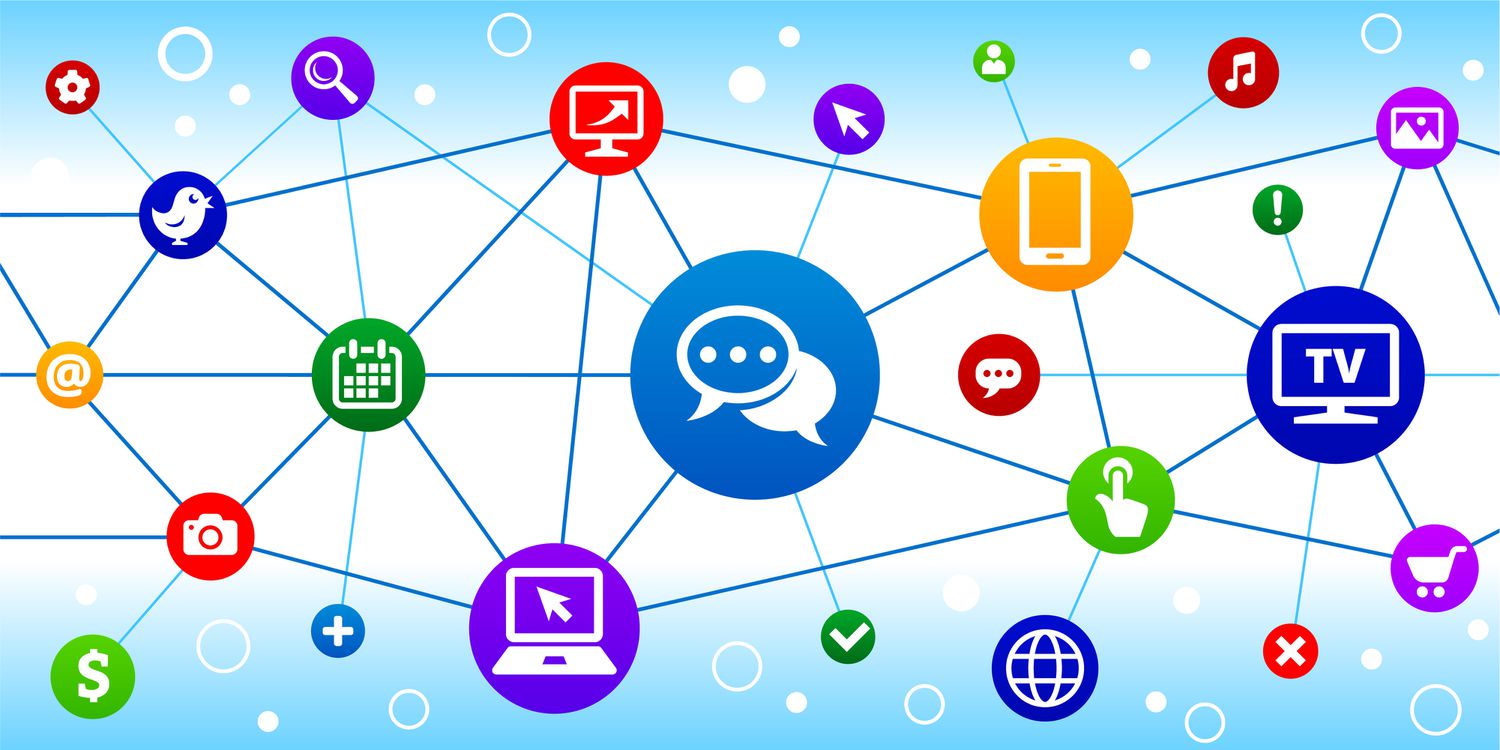In this blog post, we will explore the history of mass media communication from the invention of the Gutenberg press to the dawn of social media. We will begin with the dawn of the Gutenberg press and the printed word, followed by the digital revolution and modern mass media. By the end of this post, you will have a better understanding of the evolution of mass media communication throughout history.
If You’re Interested In Related Info: benedict cusack
Gutenberg Press to the Dawn of Social Media
Mass media communication has evolved significantly since the invention of the Gutenberg printing press in 1440. The printing press made it easier and more affordable to produce books, newspapers, and pamphlets, allowing information to spread quickly. Advancements such as audio recordings and radio broadcasting changed the way people received news. Television forced newspapers to update their delivery methods, and the emergence of cable TV networks expanded access to various channels. Social media platforms like Facebook and Twitter have transformed global communication, and future trends suggest that augmented reality (AR) and virtual reality (VR) will become even more significant tools. To gain a better understanding of mass media communication, there are various scholarly resources available for research.
See Also: The Future of Mass Media Communication-Trends and Predictions
What Changed with Social Media and Why it Rules Today
Since the invention of Gutenberg’s printing press in the 1400s, mass media communication has undergone a tremendous transformation. Our methods of communication have drastically changed, evolving from newspapers to radio and television, and now to social media. In this section, we will explore the evolution of mass media communication since Gutenberg’s printing press and investigate the impact of the Internet and social media on how we communicate and access information.
Johannes Gutenberg’s invention of movable type in 1440 revolutionized the printing industry, allowing for more books to be produced quickly and at lower costs than ever before. This made books accessible to wider audiences all across Europe. As technology progressed, so did our ways of communicating through platforms such as newspapers, radio programs, and television broadcasts.
However, it was not until recently that communication platforms like Facebook and Twitter became increasingly important tools for exchanging information in real-time among people all over the world. These platforms have numerous benefits, such as enabling individuals to stay connected with friends from any location, businesses to interact directly with customers, access to breaking news stories, and facilitating discussions about current events. Advancements like these have also changed the way news is consumed by allowing users to customize their feeds according to their interests or preferences.
Beyond these benefits, it is essential to understand how to use digital media responsibly and ethically in today’s context. Open access to communication networks free from censorship or manipulation by governments or corporations seeking profit or political gain is crucial. Social media should enable people across borders to share ideas freely without fear of retribution or interference from repressive regimes seeking control over public discourse. Therefore, it is important to explore the history and evolution behind mass communication, ranging from Gutenberg’s time to the Zuckerberg era. Technology has enabled us to move forward and evolve faster than ever before. However, potential implications and misuses are dependent on the context and purpose of the technology. It is essential to educate ourselves about the merits and demerits associated with such technologies and always keep ethical considerations in mind to ensure sustainable growth for society as we move forward.
The Digital Revolution and Modern Mass Media
Mass media communication has evolved significantly since the invention of the printing press by Johannes Gutenberg in 1450. Today, mass media encompasses various modern platforms like radio, television, internet, and more. As technology continues to advance, so does mass media, with AI technologies and social networks shaping the way we consume and interact with content. Understanding the history of mass media is crucial in appreciating its significance in contemporary society.
Looking back to Gutenberg’s invention of the movable type printing press, we see how it revolutionized information sharing and enabled widespread communication across long distances. Such advancements paved the way for modern mass media we use today, such as radio and television broadcasting, as well as digital platforms like Google and Facebook.
The proliferation of digital media consumption can be attributed in part to the growth of AI technologies and social networks, which facilitate targeted messaging and instant access to global news and entertainment content.
One excellent resource to learn more about this intriguing subject is the MEJO 101 – The Media Revolution course materials. By exploring print and electronic mass communication across different eras, uncovering the impact of technology on civilization and communication, and researching relevant articles through Academic Search Premier, Business Source Premier, and Communication & Mass Media Complete, you can expand your knowledge on this topic. Adding key search terms like “From Gutenberg To Zuckerberg: What You Really Need To Know About The Internet” will provide additional insights.
How Technology Changed the Face of Mass Media Communications
The history of mass media communication has witnessed several significant revolutions. The first was the printing press in the 15th century, which led to the development of newspapers that shared news and information worldwide. Later, radio, television, computers, and the internet enabled people to communicate with each other more easily than ever before. Nowadays, social media platforms, such as Facebook, have transformed mass media communications, allowing people worldwide to share ideas at a rapid rate. Devices like mobile phones, iPads, and other gadgets have also changed how we communicate on a daily basis. However, a digital divide still exists between developed and developing countries concerning communication technology access. Furthermore, big data analytics and artificial intelligence are increasingly utilized for automating mass media communication processes and gathering insight into audiences’ preferences. This article gives a comprehensive overview of the impact of technology on mass media communications over time and its cultural, political, and societal implications. It examines the potential positive and negative effects of each new medium and how it has affected our understanding of ourselves as citizens empowered by powerful tools used for good or bad, depending on our choices.
To Sum Things Up
Mass media communication has evolved significantly since the invention of the Gutenberg printing press in 1440. Technology enabled progress from newspapers to radio and television broadcasts, and now even to social media platforms like Facebook and Twitter. It’s important to consider the context and purpose of these tools as potential implications and misuses can vary. Educating ourselves on the merits and demerits associated with these technologies is crucial for ensuring sustainable growth for society.



